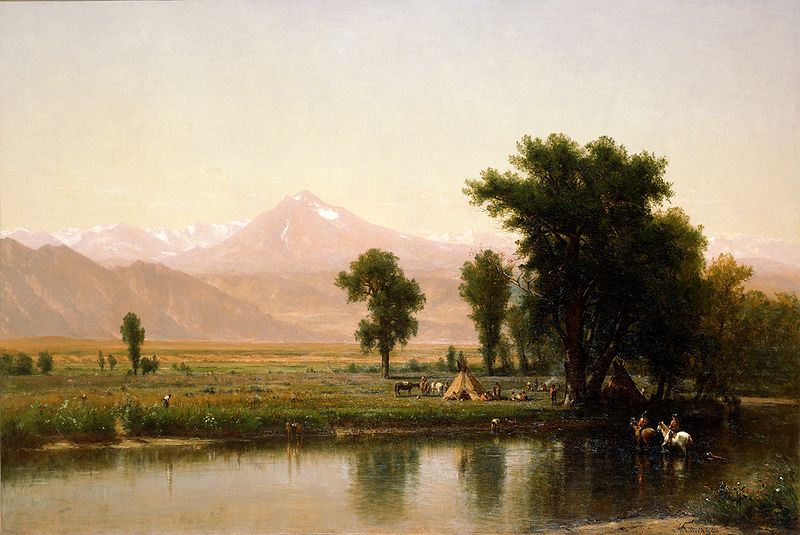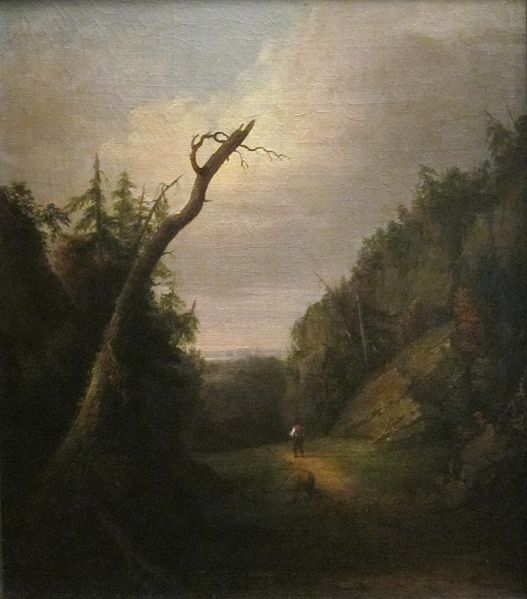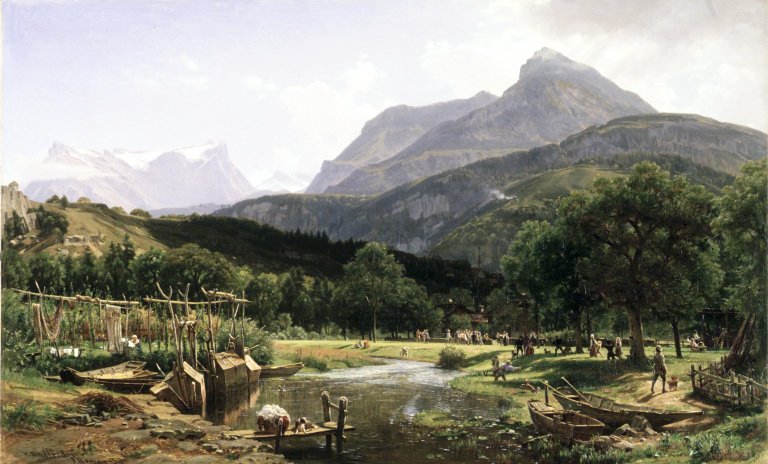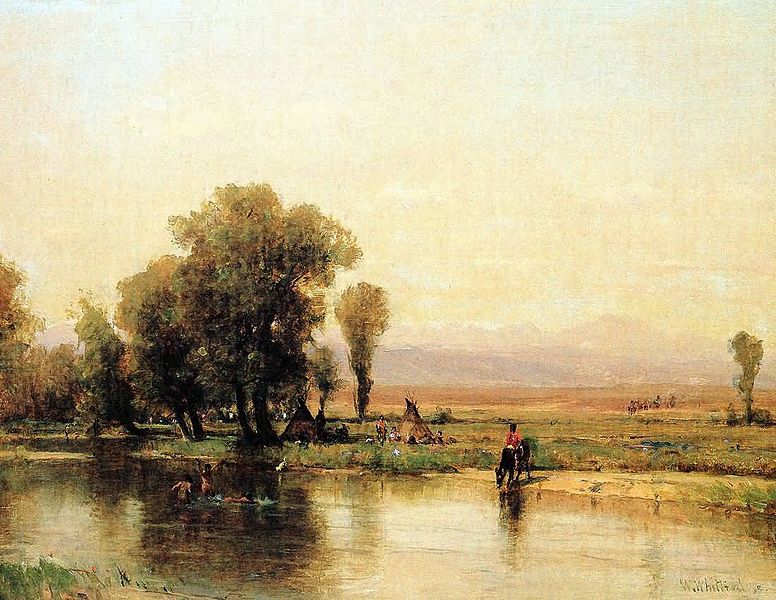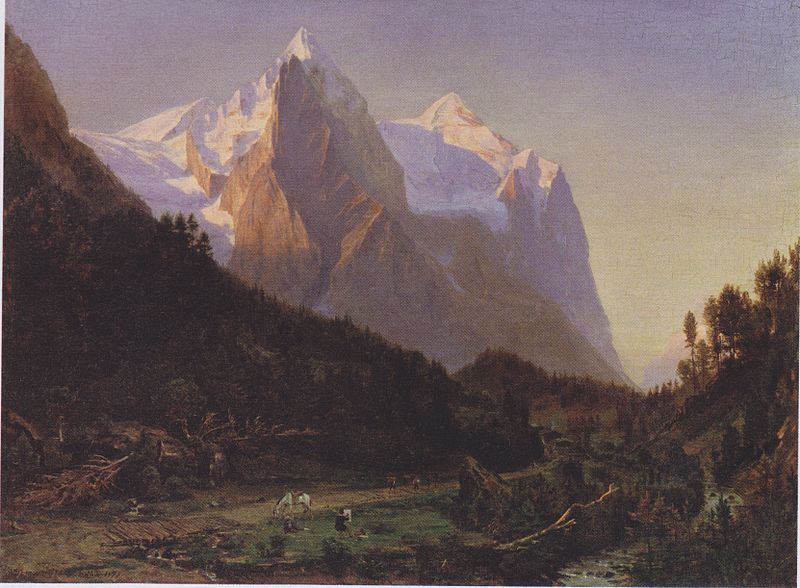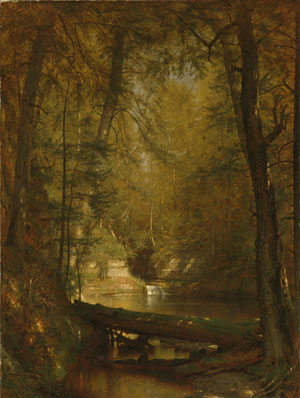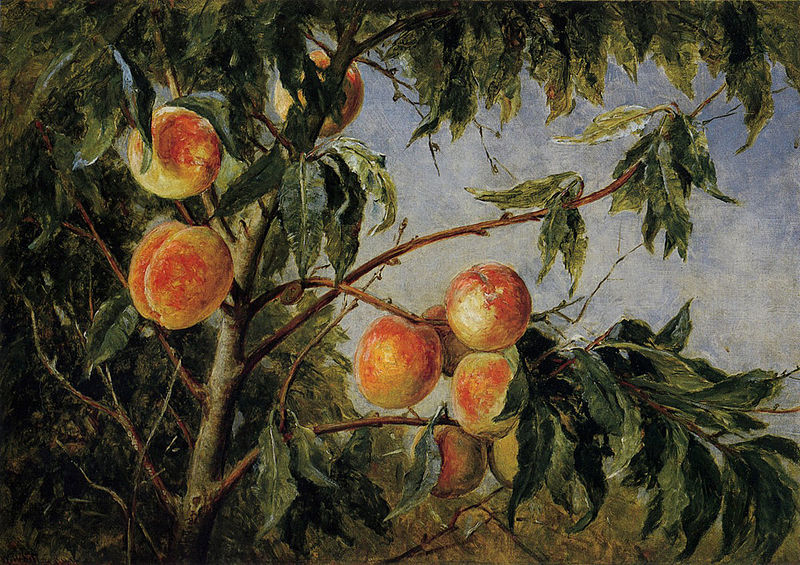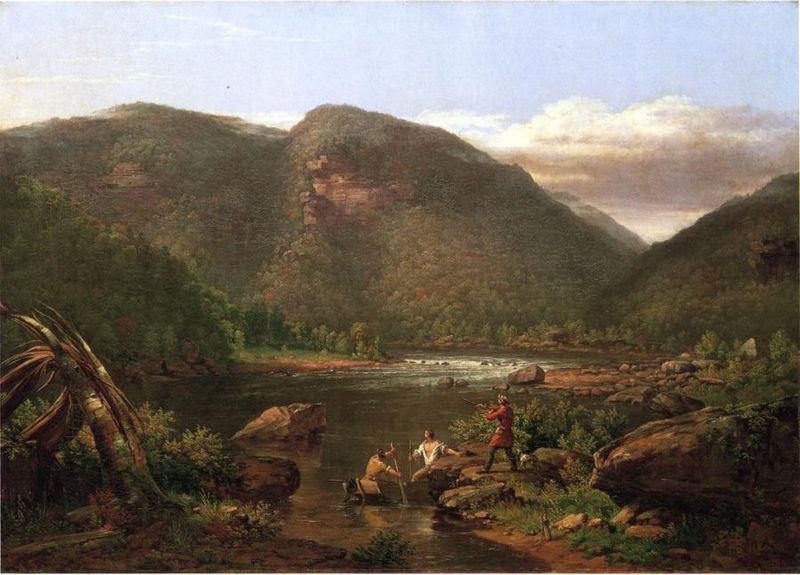<Back to Index>
- Painter Robert Walter Weir, 1803
- Painter Thomas Worthington Whittredge, 1820
PAGE SPONSOR
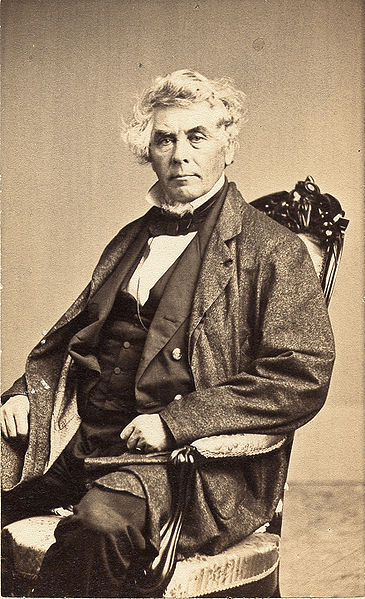
Robert Walter Weir (June 18, 1803 – May 1, 1889) was an American artist, best known as an educator and as a historical painter. He is considered an artist of the Hudson River school. Weir was elected to the National Academy of Design in 1829, and an instructor at the United States Military Academy. Among his better known works are The Embarkation of the Pilgrims (in the rotunda of the United States Capitol at Washington, D.C.) and Landing of Hendrik Hudson.
Robert Weir was born on June 18, 1803, in New Rochelle, New York, to Robert and Mary Katherine (Brinkley) Weir. Weir never graduated from college and at age 18, in 1821, left a job as a mercantile clerk to pursue painting. He studied art in New York City from 1822 – 24, teaching himself drawing and painting, before departing in 1824 to study in Italy. He remained in Florence from 1824 – 25, and in Rome from 1825 – 27, during which time he studied the works of Michelangelo, Raphael, and other Italian masters of the Renaissance. Weir returned to New York in 1827 to accompany a sick friend. He remained in New York until 1834 and became an integral part of its artistic scene. He was then appointed as Teacher of Drawing, later Professor of Drawing, at the United States Military Academy at West Point, New York.
Replacing the late Thomas Grimbrede, Weir was the fifth artist to hold the position of art instructor at the academy. In this post for forty - two years (1834 – 1876), he instructed many of the future commanders of the American Civil War. Notably, James Abbott McNeill Whistler and Seth Eastman were among his students. He died in New York City on May 1, 1889.
Weir and his wife had 16 children. One son, John Ferguson Weir (born 1841) was a painter and sculptor, and became a Member of the National Academy of Design in 1866, and was made director of the Yale University Art School in 1868. Another son, Julian Alden Weir (born 1852), studied under his father, and under J.-L. Gérôme, and became a distinguished portrait, figure and landscape painter. He was one of the founders of the Society of American Artists in 1877, and became a member of the National Academy of Design (1886) and of the Ten American Painters, New York.
Weir was considered part of the Hudson River school of American art. One of his best known paintings is the The Embarkation of the Pilgrims, which hangs in the United States Capitol rotunda. He was commissioned by the United States Congress in 1837 and the painting was placed in the rotunda in 1844. His canvases deal principally with historical subjects. He also painted a watercolor entitled Last Communion of Henry Clay, and several portraits.
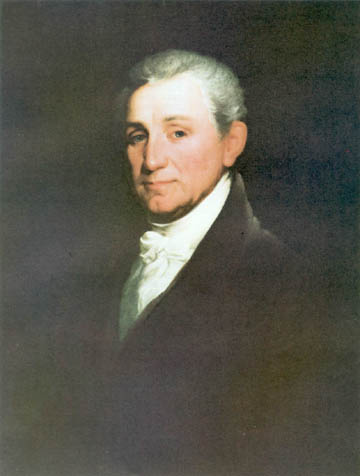
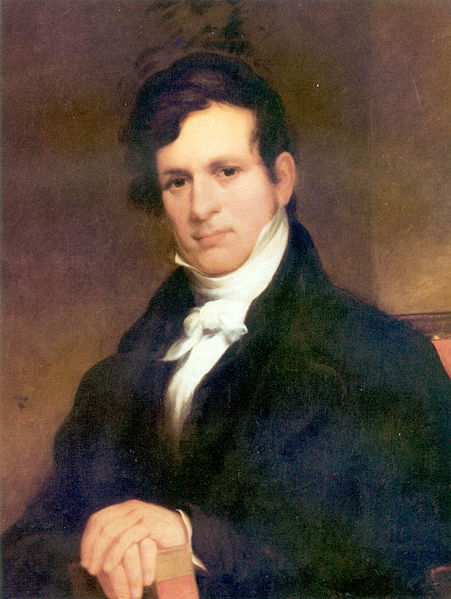
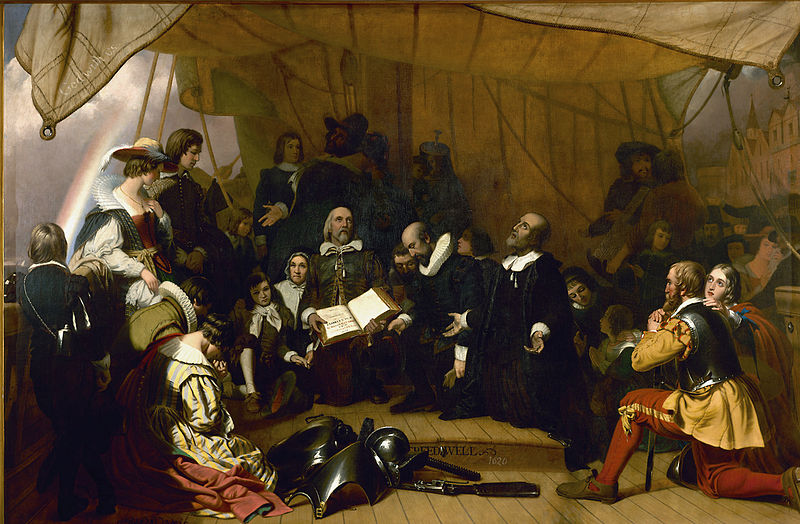
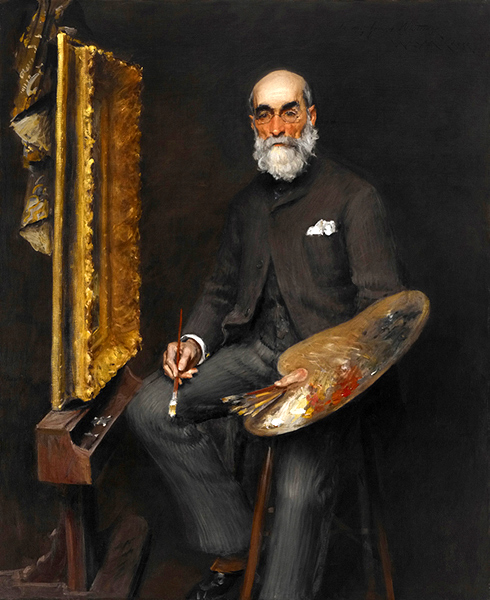
Thomas Worthington Whittredge (May 22, 1820 – February 25, 1910) was an American artist of the Hudson River School. Whittredge was a highly regarded artist of his time, and was friends with several leading Hudson River School artists including Albert Bierstadt and Sanford Robinson Gifford. He traveled widely and excelled at landscape painting, many examples of which are now in major museums. He served as president of the National Academy of Design from 1874 to 1875 and was a member of the selection committees for the 1876 Philadelphia Centennial Exposition and the 1878 Paris Exposition, both important venues for artists of the day.
Whittredge was born in a log cabin near Springfield, Ohio, in 1820. He painted landscapes and portraits as a young man in Cincinnati before traveling to Europe in 1849 to further his artistic training. Arriving in Germany he settled at the Düsseldorf Academy, a major art school of the period, and studied with Emanuel Leutze. At Düsseldorf, Whittredge befriended Bierstadt and posed for Leutze as both George Washington and a steersman in Leutze’s famous painting “Washington Crossing the Delaware”, now in the collection of the Metropolitan Museum of Art in New York City. He is associated with the Düsseldorf school of painting.
Whittredge spent nearly ten years in Europe, meeting and traveling with other important artists including Sanford Gifford. He returned to the United States in 1859 and settled in New York City where he launched his career as a landscape artist painting in the Hudson River School style.
Whittredge journeyed across the Great Plains to the Rocky Mountains in 1865 with Sanford Gifford and John Frederick Kensett. The trip resulted in some of Whittredge’s most important works — unusually oblong, spare landscapes that captured the stark beauty and linear horizon of the Plains. Whittredge later wrote in his autobiography, “I had never seen the plains or anything like them. They impressed me deeply. I cared more for them than for the mountains... Whoever crossed the plains at that period, notwithstanding its herds of buffalo and flocks of antelope, its wild horses, deer and fleet rabbits, could hardly fail to be impressed with its vastness and silence and the appearance everywhere of an innocent, primitive existence." His 1876 painting On the Cache La Pondre River, Colorado depicts the river and plains in the foreground, with the Rockies in the background of the painting.
Whittredge moved to Summit, New Jersey, in 1880 where he continued to paint for the rest of his life. He died in 1910 at the age of 89 and is buried in the Springfield, New Jersey, cemetery. Whittredge's paintings are now in the collections of numerous museums, including the Metropolitan Museum of Art in New York City and the Smithsonian American Art Museum in Washington, D.C.
